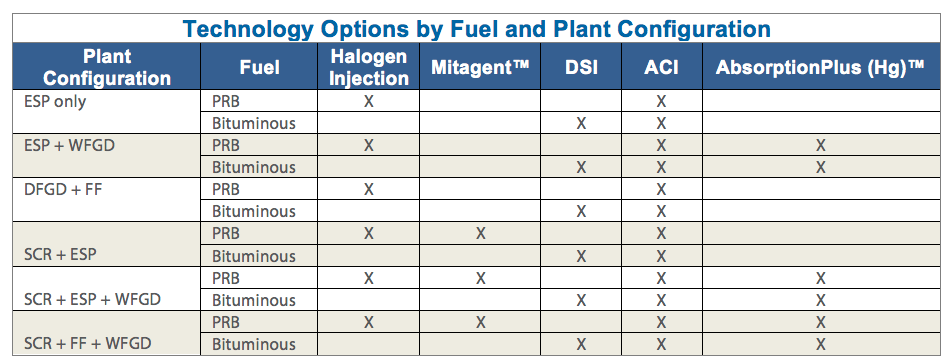Editor’s Note
Delayed rules, challenged rules, reinstated rules. . . . The history of federal regulations affecting U.S. power plants, especially in recent years, is complex and sometimes confusing. Coal-fired power plants are affected by the largest number of the new regulations proposed and finalized by federal agencies, but other regulations cut across fuels and technologies. Any time multiple new operating parameters are proposed or finalized in quick succession, they are bound to have major interdependencies for plant owners and operators.
To help you keep track of all the moving pieces, here’s a concise overview of where all the major federal power industry regulations stand as of Labor Day. Regulations are categorized by the agency involved as well as the main environmental or operational context—air, water, waste streams, radiation, and security.
Gail Reitenbach, PhD, Editor


